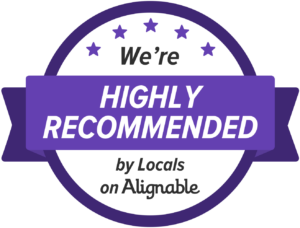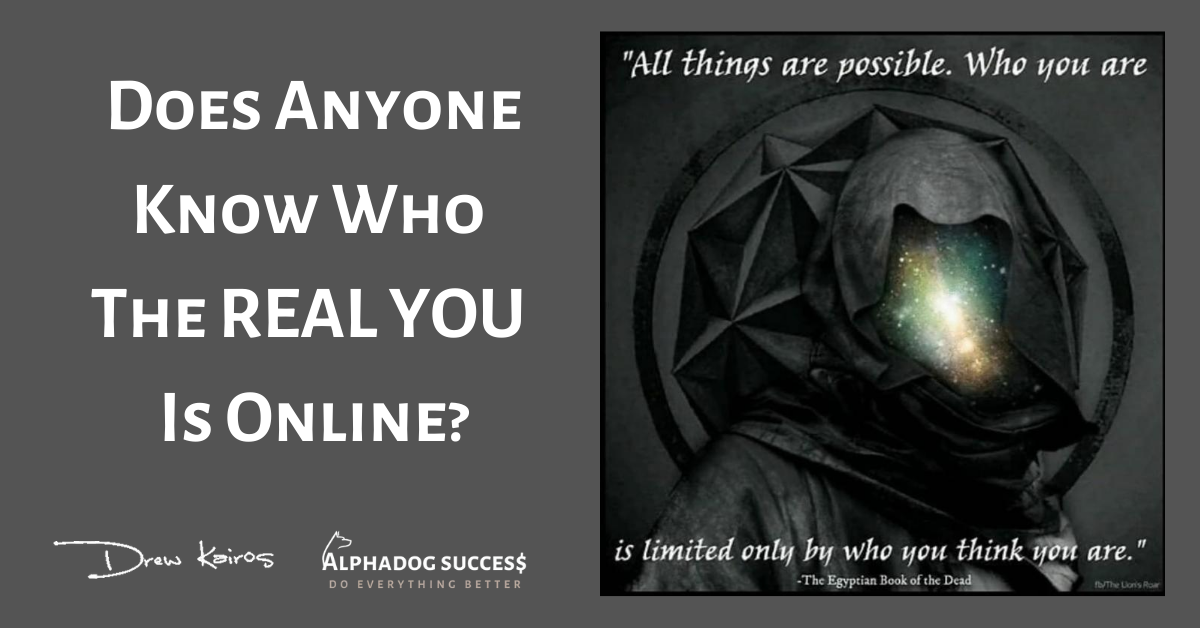Men's Life & Business Success Coach
ALPHA - But Not What You Think
Being “alpha” isn’t about being the biggest, the loudest or the strongest.
It’s about embracing your true self, taking ownership of your life, and living with purpose while remaining grounded and kind. It’s about harnessing personal power and taking responsibility. It’s the embodiment of true self-confidence, not arrogance.
As we like to say, “Arrogance requires advertising; confidence speaks for itself.“
personal success coach
Trusted by Thousands Worldwide. Since 2015.
You maybe haven’t heard of us before, but here’s a reason for that. We want to help you shine – not the other way around. Unlock greater confidence and become a better leader with proper coaching.


Transform Your Thinking,
Transform Your Life
Unlock your true power with proper thinking and optimal performance. Every resource available to you here from transformative digital guides to insightful audio recordings and even some personal recommendations serves one purpose: to rewire your thinking for abundance and success.
With a focus on fostering a growth-oriented mindset, you gain the psychological edge needed for your entrepreneurial endeavors.
Command Your Market with Confidence
Navigate the marketplace with the confidence of a seasoned marketing strategist. Through a wealth of knowledge distilled into each of our meticulously crafted and highly recommended books and courses, you’ll unearth marketing wisdom that propels you ahead of the curve. Learn to create, evaluate and optimize every element within your business’s marketing endeavors including website, content, funnels, emails, and more.

“Any action is often better than no action, especially if you have been stuck in an unhappy situation for a long time… If it is a mistake, at least you learned something, in which case it’s no longer a mistake. But if you remain stuck, you learn nothing.”
—Eckhart Tolle
Resources Tailored to Triumph
You aren't just accessing content here; you're unlocking a new mindset, expanding your awareness, and creating an entirely new level in your life and business.
Whether it’s a nugget of wisdom in an ebook or a paradigm-shifting perspective in an video training, everything we create and recommend is designed to shape the bedrock of your future successes.

Charles Luther
★★★★★
Dorothy McKenzie
★★★★★
Shana Stokes
★★★★★
Nina Golina
★★★★★
Sonali Poojara
★★★★★
Marisa Beck
★★★★★
Kim Maithot
★★★★★
Jules Hamilton
★★★★★
Olga Korshunova
★★★★★
Success starts with a choice
There is no better time to start taking steps to quickly and permanently upgrade your life and business.
We've Got A Blog
Continuous Learning, Continuous Leading
Your evolution is perpetual. Our blog serves as your personal development nexus, providing ongoing insights and actionable strategies that merge mindset mastery with marketing prowess. This is where learning is leveraged into leading—leading in business, in thought, and in innovation.

Let me start by saying that I’m a millennial. I can barely remember before the internet made all collective knowledge accessible for any question that crossed my mind. Unfortunately, despite having more access to high-quality information to help us make life’s decisions, it hasn’t made decision-making any easier. (READ MORE)

There’s thousands of individuals and companies marketing themselves out there – and you are one of them… So, here is my question for the day: Who are you? Because as you can see, when you search through products, people, and services online – mediocrity and conformity is already 99% of everyone else’s day. (READ MORE)


